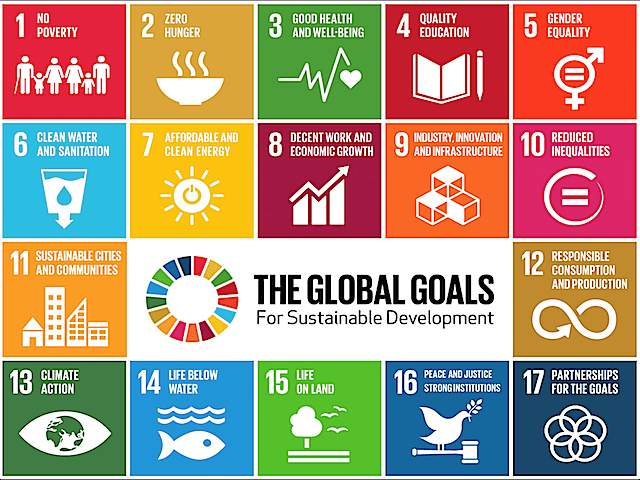Sustainability Statement Verification and ISO 14001
Its origins lie in European Council Regulation 1836/93, which allowed participation by industrial sector organizations within the EU in the Scheme. This Regulation is now in its third version and extends to all types of organizations.
Due to the uncertainty around whether the UK will leave the European Union with a deal, a number of organizations are dropping their EMAS registration and seeking an alternative way of verification of their environmental statement.

One increasingly popular way is to issue an annual 3rd party verified report set out in a way that measures against the 17 Global Goals for Sustainable Development.
Many of those taking this route, set out their report and have it verified using the GRI Sustainability Reporting Standard.
The reporting process allows an organization to gain a comprehensive understanding of the risks and opportunities that it faces.
Sharing information about policies and performance on environmental, social and governance issues helps an organization build trust with customers and partners, allows for the monitoring and mitigation of risk and find ways to improve efficiency. All of these things work together to have a positive impact on financial results as well as reputational benefit.
EMAS required the publication of a verified policy statement alongside an EMS certified to a recognised standard (almost always ISO 14001). This approach has in most cases been carried forward and a number of NQA clients now use the GRI approach to add additional value to their ISO 14001:2015 certification.
This standard under the planning clause requires all organizations to identify risks and opportunities in order:
-
To determine the risks that can affect the environmental performance of the organization;
-
To manage these risks;
-
To identify opportunities to improve environmental performance and the environmental management system.
Utilising the GRI reporting approach linked to the 17 Sustainable Development goals builds upon and gives additional focus to the risk and opportunity clause and can be covered within the scope of the ISO 14001 assessment. The two approaches (EMS and GRI) have very similar approaches.
ISO 14001 as with all management standards uses the Plan-Do-Check-Act methodology. The process of approaching and producing sustainability reporting suggested by GRI contains five steps: Prepare>Connect>Define>Monitor>Report.
The two sit side by side as follows:
The reporting guidelines developed by GRI contain ten reporting principles that aim to track the quality of the report in terms of information. They also aim to give additional value to organizations by enabling readers to make different decisions based on the information disclosed in the report.
The principles are divided into two groups:
-
Principles for Defining Report Content (Materiality, Stakeholder inclusiveness, Sustainability context, Completeness)
-
Principles for Defining Reporting Quality (Balance, Comparability, Accuracy, Timeliness, Clarity and Reliability).
The Principles for Defining Reporting Quality and accuracy aim to ensure that the information reported is credible and increases transparency for the reporting organization. The quality of the information also seeks to enable reasonable stakeholder assessment of corporate performance.
The approach taken by NQA when carrying out a combined ISO 14001 and sustainability report is as follows:
-
Submission of draft report to assessor prior to commencement of visit
-
Audit plan adjusted as required to ensure that areas requiring verification are covered within the assessment process whilst still ensuring that all EMS areas are covered as required.
-
The collection method and validation of data is undertaken across all 17 areas of the SD principles during the assessment.
-
The EMS report details the validation results as part of clause 9 reporting (Performance Evaluation).
-
An extra day is undertaken a week to 10 days later when any changes to the report are viewed, the final layout and wording is agreed and the verification statement and signature made available. These are added to the Sustainability Report which is at this point published.
-
The report is then submitted to be publically available via the GRI Sustainability Disclosure Database.
-
Approaching the sustainable development in a more systematic and balanced way as suggested in this article, will enable organizations to use the practices they have from ISO 14001 and to upgrade them for the purposes of GRI reporting.
It is important that organizations get involved with sustainability reporting as they represent an ever increasing part of the global development tied in with carbon reduction.
Sustainability reporting will enhance transparency for all organizations, legal compliance and accountability of their practices and will contribute to the sustainable development that we aim today for securing the needs of future generations.
Take a look at our wide range of ISO 14001 training courses to help you in your environmental journey.

